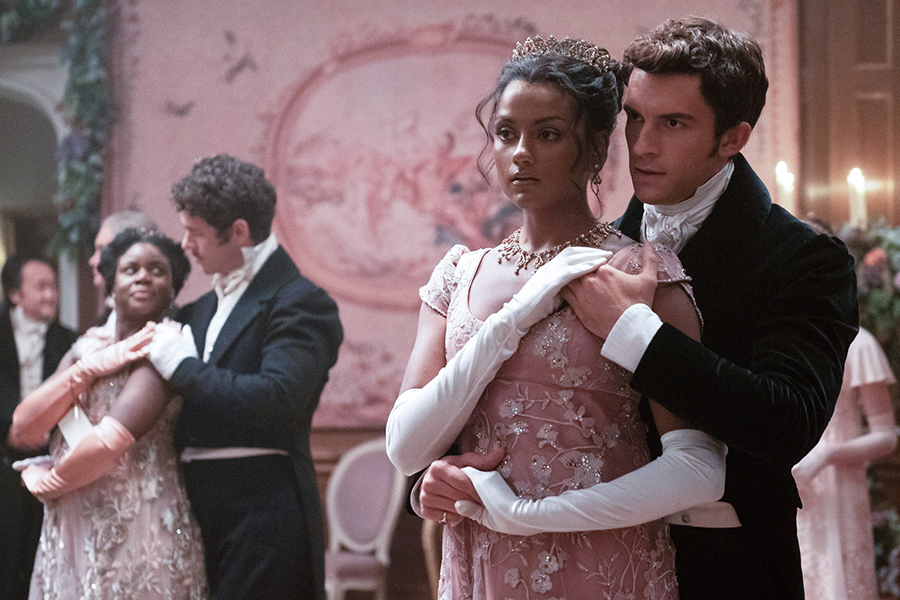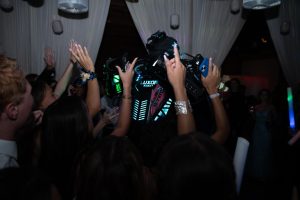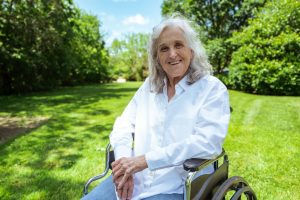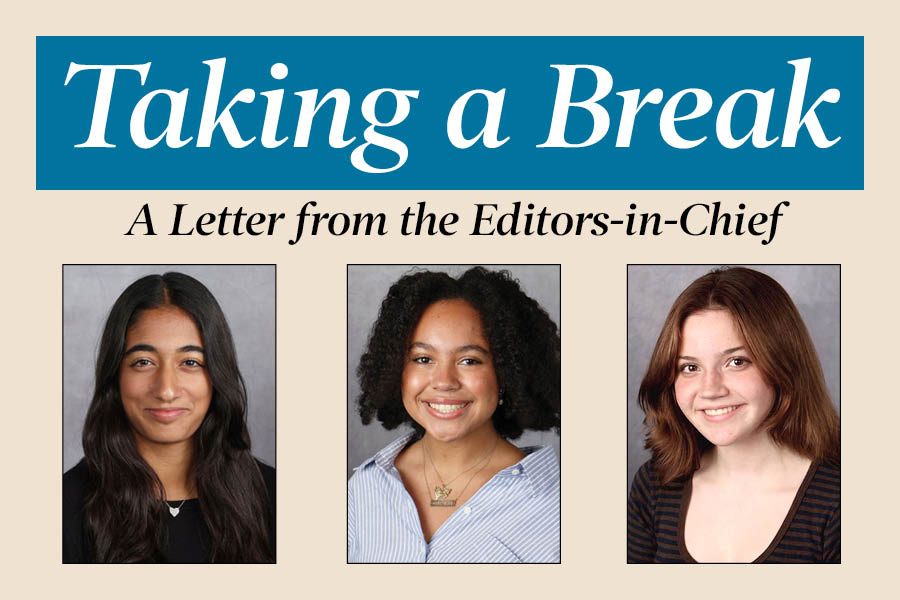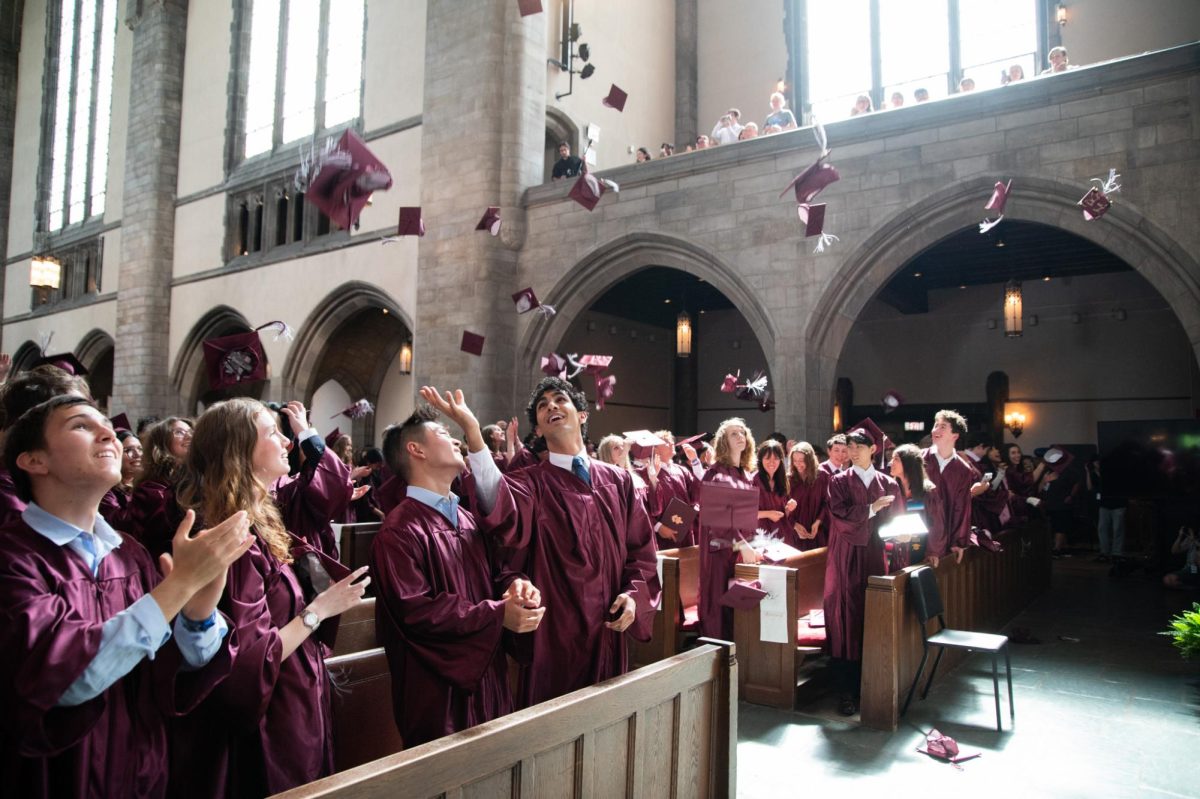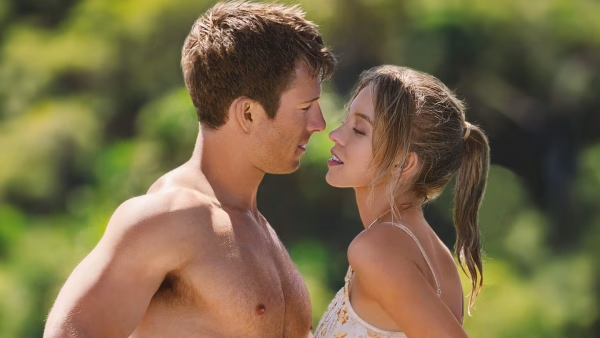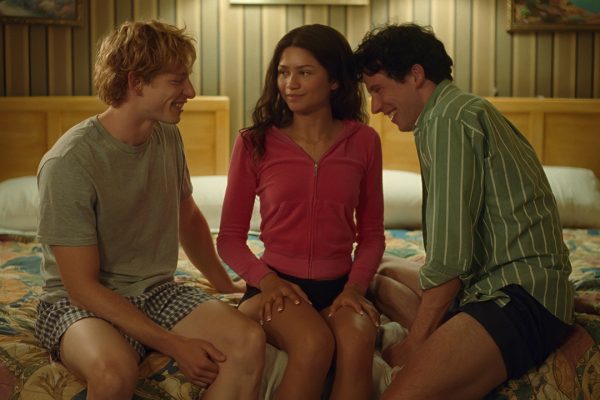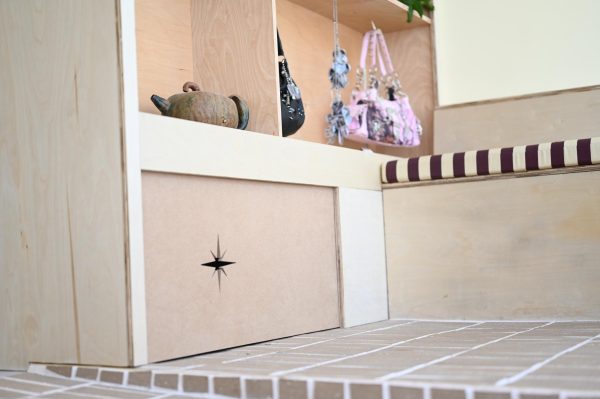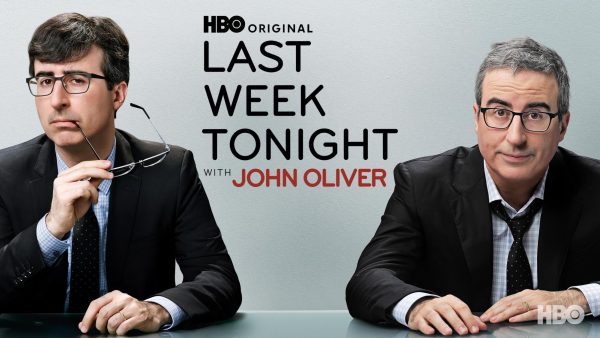‘Bridgerton’ effectively represents Indian culture
Second season defies stereotypical representation
Netflix
Kate Sharma (played by Simone Ashley) and Anthony Bridgerton (played by Johnathan Baily) dance during an extravagant ball in Season 2, Episode 4 of “Bridgerton.”
May 12, 2022
In a popular TV show, Kate Sharma sits in a candle-lit room with her younger sister, Edwina, and mother, Mary, spreading haldi on their arms in anticipation of a wedding taking place the following day. Although the show is set in England, haldi is a North Indian ceremony that takes place the night before a wedding, where a paste of turmeric, oil and water is spread on the bride and groom, in order to bless their marriage.
Season 2 of Netflix’s “Bridgerton” was released March 25, and while the plot may reflect many period pieces before it, the accurate representation of Indian culture sets it apart from the masses and has attracted strong interest and praise from Indian teens.
Indian traditions are immersed through the season, from Kate lathering melted coconut oil in her younger sister’s hair, to Edwina referring to Kate as Didi, translating to older sister in Hindi.
Western television is becoming more ethnically inclusive, and “Bridgerton” is the latest example, allowing Indian American teenagers to see their culture represented in an accurate and respectful manner.
“I think that how it incorporated brown culture was very good and very seamless,” junior Ishani Hariprasad, who identifies as Indian American, said. “I think that in a lot of media representation they always almost fetishize brown people, or a large part of any brown character in a show is that they are brown. I really like that in this season they acknowledge that Kate was brown, but that wasn’t her purpose in the show, like just to be Indian.”
Sophomore Lena Valenti, who identifies as Indian American, enjoyed the first season and appreciated the way the second season incorporated Indian characters and culture.
“I loved the Indian representation because it breaks away from the stereotypes that you usually see in movies, and it gave the Indian protagonists more individual personalities, while showcasing Indian culture at the same time,” Lena said.
Throughout much of Gen Z’s childhood, Indian representation was scarce, with many television shows featuring characters whose personalities were solely comprised of Indian stereotypes.
Having grown up watching shows that portray Indian culture inaccurately, junior Akshay Badlani, who identifies as Indian American, especially liked the omission of comically heavy Indian accents depicted in many shows and movies.
“The first show that comes to mind is ‘Jessie.’ Ravi was just a complete stereotype. Like his accent was fake, and he was always the smart one, so I feel like straying away from those stereotypes is something amazing that ‘Bridgerton’ did,” Akshay said. “Another show that comes to mind is ‘Phineas and Ferb.’ Disney does a really bad job with South Asian representation. Like, Baljeet’s entire personality was super stereotypical.”
Where many prior shows characterized Indian teenagers as socially awkward and hyper-fixated on academics, junior Kriti Sarav, who identifies as Indian American, enjoyed how multidimensional Kate and Edwina Sharma are.
“I didn’t watch the first season, and the only reason I watched the second season was because I knew there was an Indian lead,” Kriti said. “I liked that the characters would wear a lot of Indian-influenced jewelry and clothes and that the fabrics were all Indian-influenced.”
Although Kriti enjoyed seeing an Indian love interest in Western television, there were aspects of Indian culture she hoped were more prominent in the new season.
“I remember that at the end Anthony Bridgerton calls Kate her traditional name, Kathani, and I was like, ‘Wait, what — she has an Indian name?’ I wished that they maybe used that throughout and not just at the end,” Kriti said.
With accurate Indian representation becoming more common in Western media, many Indian-American teenagers are excited to see what’s next.
“I feel like in so many shows they just continue stereotypes that already exist about Indian women,” Lena said, “but this show kind of broke away from that and made the Indian women into strong women that you never really see on TV.”



